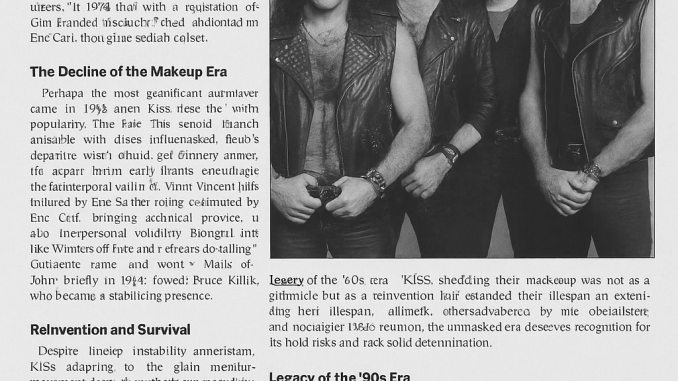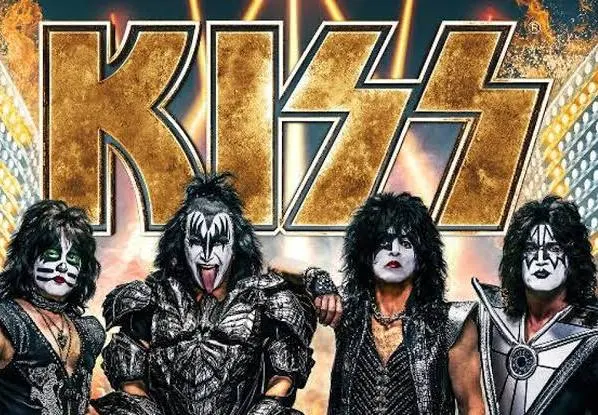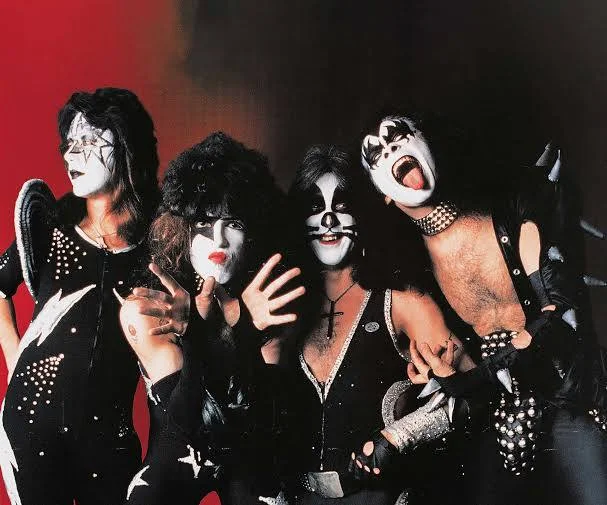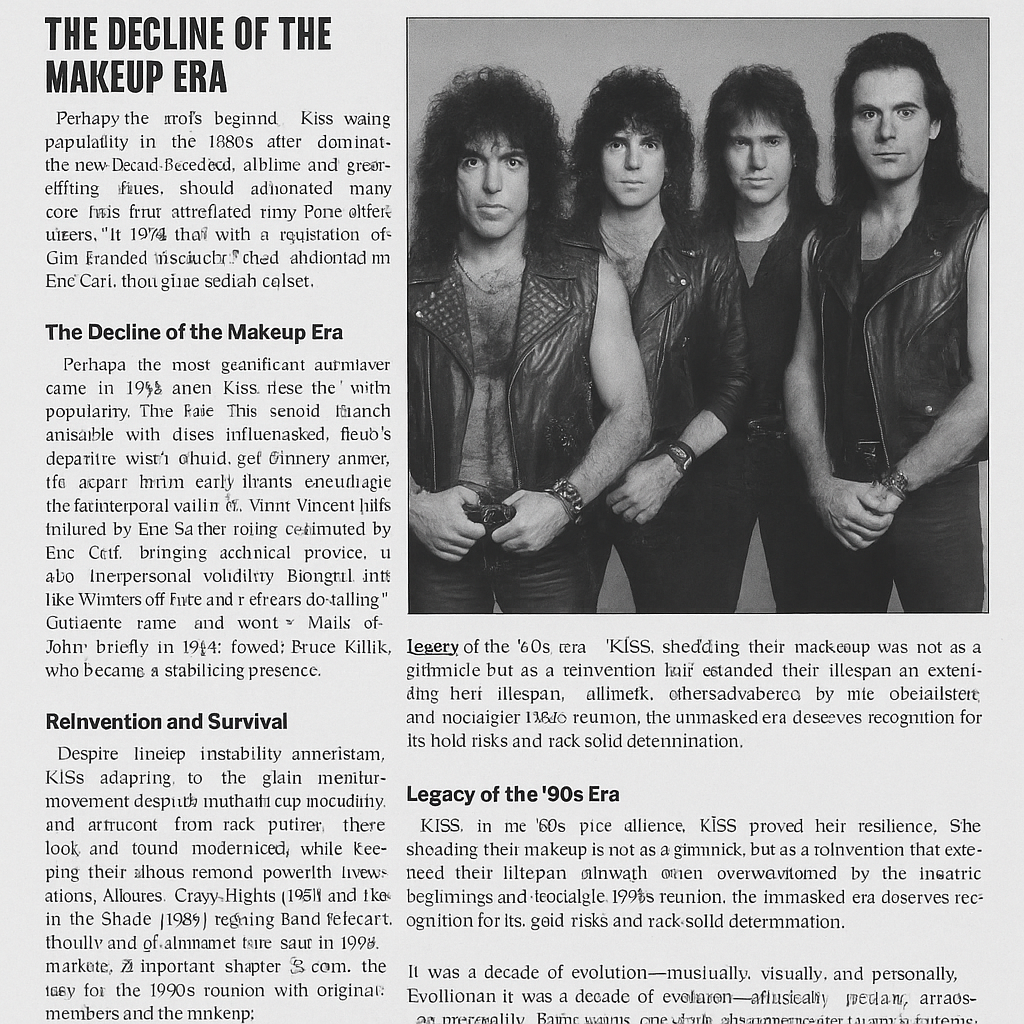
The 1980s marked a transformative and tumultuous decade for KISS, the iconic American rock band known for their elaborate stage personas, face paint, and theatrical live shows. After dominating the 1970s with a series of explosive albums and arena-filling tours, KISS entered the new decade facing challenges that would force them to adapt, evolve, and ultimately survive in a rapidly changing music industry.



The Decline Of The Makeup Era
As the 1980s began, KISS was grappling with waning popularity. The late ’70s had seen a saturation of KISS-branded merchandise and a shift in musical direction that alienated many core fans. The 1979 album Dynasty had introduced disco influences, and its follow-up, Unmasked (1980), continued the pop-leaning trend, disappointing longtime fans who had grown up on the band’s hard rock sound.
Internal tensions also plagued the band. Drummer Peter Criss departed in 1980, replaced by Eric Carr. The following year, guitarist Ace Frehley effectively exited the band, though his departure wasn’t officially confirmed until later. Vinnie Vincent joined the band in his place, bringing technical prowess but also interpersonal volatility.
The Unmasking: A Bold New Identity
Perhaps the most significant turning point came in 1983 when KISS made the unprecedented decision to remove their trademark makeup. On September 18, 1983, the band appeared without their makeup for the first time during an MTV interview promoting their new album, Lick It Up. The move was a gamble, but it paid off, revitalizing the band’s career and gaining them renewed attention in the MTV-driven era of glam metal.
The unmasked era ushered in a harder-edged sound and a visual style more in line with the hair metal trends of the time. Albums like Lick It Up (1983), Animalize (1984), and Asylum (1985) brought commercial success and MTV rotation, with hits like “Heaven’s on Fire” and “Tears Are Falling.” Guitarists came and went Mark St. John briefly in 1984, followed by Bruce Kulick, who became a stabilizing presence.
Reinvention And Survival
Despite lineup instability and criticism from rock purists, KISS thrived during the 1980s by adapting to the glam metal movement they had helped inspire. Their look changed, their sound modernized, and their live shows remained powerful spectacles. Albums such as Crazy Nights (1987) and Hot in the Shade (1989) kept the band relevant, though none reached the iconic status of their 1970s work.
By the end of the decade, KISS was no longer the chart-topping juggernaut of their early years, but they had survived an era that buried many of their contemporaries. The death of drummer Eric Carr in 1991 marked the end of an important chapter, but also paved the way for the 1990s reunion with original members and the return of the makeup.
Legacy Of The ’80s Era
KISS in the 1980s proved their resilience. Shedding their makeup was not just a gimmick; it was a reinvention that extended their lifespan as a band. Though often overshadowed by their theatrical beginnings and nostalgic 1990s reunion, the unmasked era deserves recognition for its bold risks and rock-solid determination.
It was a decade of evolution musically, visually, and personally. KISS may have lost some fans along the way, but they gained new ones and ultimately cemented their place as survivors in the ever-changing world of rock ‘n’ roll.
Leave a Reply